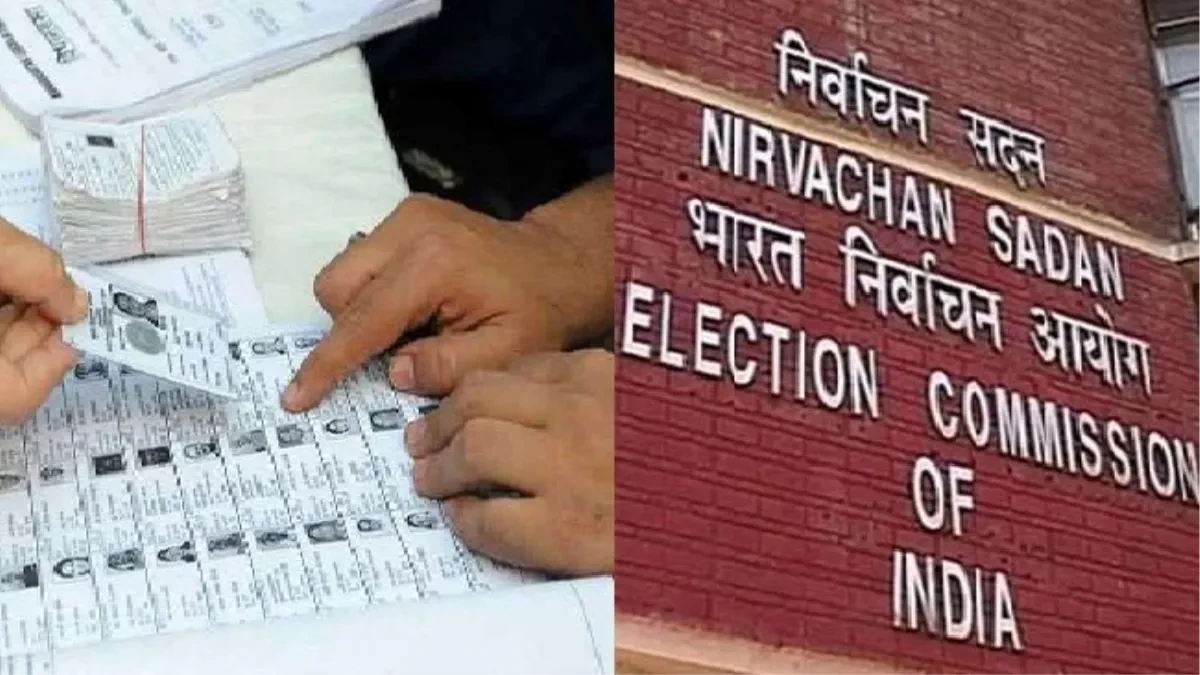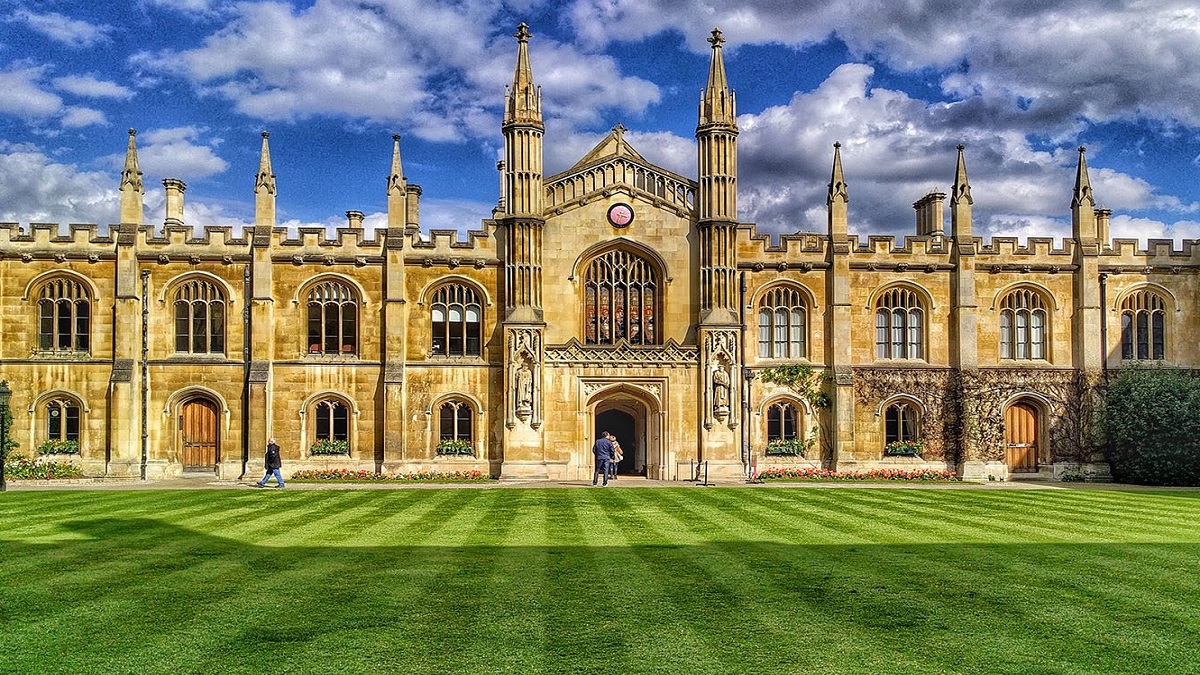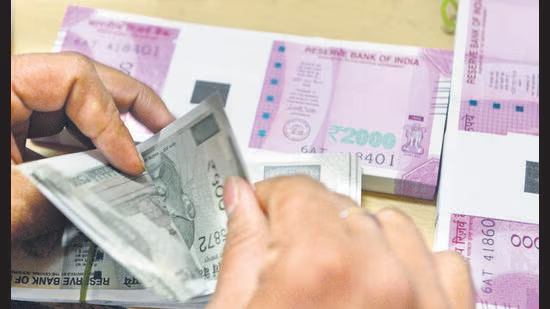- Courses
- GS Full Course 1 Year
- GS Full Course 2 Year
- GS Full Course 3 Year
- GS Full Course Till Selection
- Answer Alpha: Mains 2025 Mentorship
- MEP (Mains Enrichment Programme) Data, Facts
- Essay Target – 150+ Marks
- Online Program
- GS Recorded Course
- Polity
- Geography
- Economy
- Ancient, Medieval and Art & Culture AMAC
- Modern India, Post Independence & World History
- Environment
- Governance
- Science & Technology
- International Relations and Internal Security
- Disaster Management
- Ethics
- NCERT Current Affairs
- Indian Society and Social Issue
- NCERT- Science and Technology
- NCERT - Geography
- NCERT - Ancient History
- NCERT- World History
- NCERT Modern History
- CSAT
- 5 LAYERED ARJUNA Mentorship
- Public Administration Optional
- ABOUT US
- OUR TOPPERS
- TEST SERIES
- FREE STUDY MATERIAL
- VIDEOS
- CONTACT US
Nata Pratha: Human Rights Concerns
Nata Pratha: Human Rights Concerns
26-07-2024
The National Human Rights Commission (NHRC) issued notices to the Union Ministry of Women and Child Development and the States of Rajasthan, Madhya Pradesh, Uttar Pradesh, and Gujarat over a practice known as ‘Nata Pratha’.
What is Nata Pratha?
- It is a centuries-old social practice, where girls are sold by their family members under the guise of marriage in parts of Rajasthan, Madhya Pradesh, Uttar Pradesh, and Gujarat.
- It is usually practiced by the Bhil/Bheel tribe, the one of the largest tribes in South Asia.
- It is a practice in which two persons can enter into a relationship similar to marriage without any legal and religious/social obligation by getting a divorce from existing marriage or otherwise.
- The practice involves monetary dealing in which a bride price is usually paid to the woman or her parents or previous husband by the new groom.
- This involves selling “on a stamp paper” or marrying off underage girls from some communities. These “sales and marriages” are usually conducted by their own families.
- In this custom woman typically goes to live with the man, leaving behind the children from her previous marriage. The custom allows men to live with as many women resulting in children being abandoned by their parents.
- Traditionally, both the man and the woman are supposed to be married or widowed, but the custom has evolved to include single people as well.
About Bhil/Bheel Tribe
- Location: The tribe live in the states of Gujarat, Madhya Pradesh, Chhattisgarh, Maharashtra, Rajasthan, West Bengal, Tripura, Karnataka and Andhra Pradesh.
- Scheduled Tribe Status: Andhra Pradesh, Chhattisgarh, Gujarat, Karnataka, Madhya Pradesh, Maharashtra, Rajasthan and Tripura.
- Language: The commonly spoken language by Bhils is Bhili. Bhili is a subgroup of the Western Zone of the Indo-Aryan languages. Many Bhils now speak the dominant language of the region they reside in, such as Marathi, Gujarati and Bengali.
- Population: Bhil is the largest tribal group in India as per 2011 Census. They constitute approximately 38% of the total scheduled tribal population of India.
- Culture:
- Art: Pithora Painting is a well-known art form.
- These ritualistic paintings were done by Badwas or specially appointed male members.
- Dance: Ghoomar is a traditional folk dance of the Bhil tribe. Ghoomar is the symbol of womanhood. Young girls take part in this dance.
- Another folk art is Swang, which consists of storytelling combined with dancing and music.
- Baneshwar fair is the main festival celebrated among the Bhils. The fair is dedicated to Baneshwar Mahadev also known as Lord Shiva.
-
During the British Rule:
- The Bhils who lived in the Khandesh region of the present-day Dhule district of Maharashtra, revolted against Company rule in 1818, as they had to face famine, economic distress and misgovernment.
- The rebellion was led by Bhil leaders: Kazi Singh and Bhima Naik.
- It was against the deprivation of traditional rights over forest resources and land.
- The British used both force and conciliatory efforts to control the uprising.
- During the colonial rule, the Bhils were designated as a criminal tribe by the British colonial government under the Criminal Tribes Act 1871, which meant that a Bhil could be ‘randomly picked up, tortured, maimed or even killed’ by the colonial authorities.
- A reformer, Govind Guru led the Bhils of south Rajasthan (Banswara, South states) to organise themselves to fight for a Bhil Raj by 1913.
- The Bhils who lived in the Khandesh region of the present-day Dhule district of Maharashtra, revolted against Company rule in 1818, as they had to face famine, economic distress and misgovernment.



